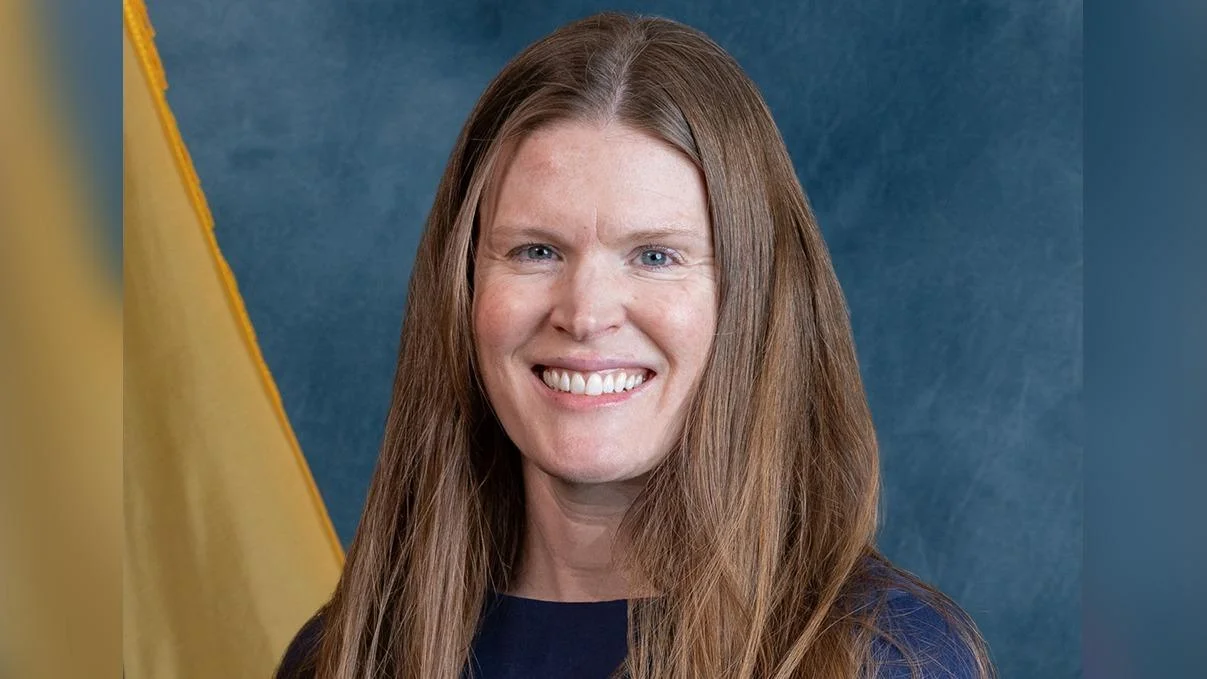
The New Jersey Department of Community Affairs (DCA), Division of Fire Safety, has announced changes to fire code regulations concerning the use of mulch around combustible building materials. These regulations aim to prevent property damage, injuries, and fatalities resulting from mulch fires.
Effective April 15, 2025, the new rules mandate an 18-inch separation between mulch beds and any combustible building materials. This includes areas such as decks, porches, balconies, or any part of a building made from combustible material. The same spacing requirement applies between designated smoking areas and mulched regions.
Landscaping mulch is widely used in both residential and commercial settings but poses risks during dry seasons. State Fire Marshal and Division of Fire Safety Director Richard J. Mikutsky stated that these regulations were adopted for the safety of residents, building occupants, and first responders. "Fires originating from ignited mulch have resulted in significant property damage, injuries, and deaths," he said.
Lou Kilmer, Chief of the Division’s Bureau of Fire Code Enforcement, emphasized the hazards associated with wood-based mulch: "Wood-based mulch is combustible and may be challenging to extinguish once it ignites." He noted that fires can smolder undetected for some time, leading to delayed responses which allow them to grow larger if not promptly addressed.
For further details on the new fire code regulation and exemptions, individuals are encouraged to visit the New Jersey Department of Community Affairs website under Codes & Regulations on the Division of Fire Safety page.
The Division of Fire Safety acts as New Jersey's central fire service agency. It develops and enforces the State Uniform Fire Code while engaging in community risk reduction strategies. Additionally, it assists with fire department preparedness and conducts firefighter training programs.
The DCA provides various programs including local government management and finance services, affordable housing production support, fire safety initiatives, building safety measures, community planning development assistance, disaster recovery efforts, historic preservation activities, and information privacy services.